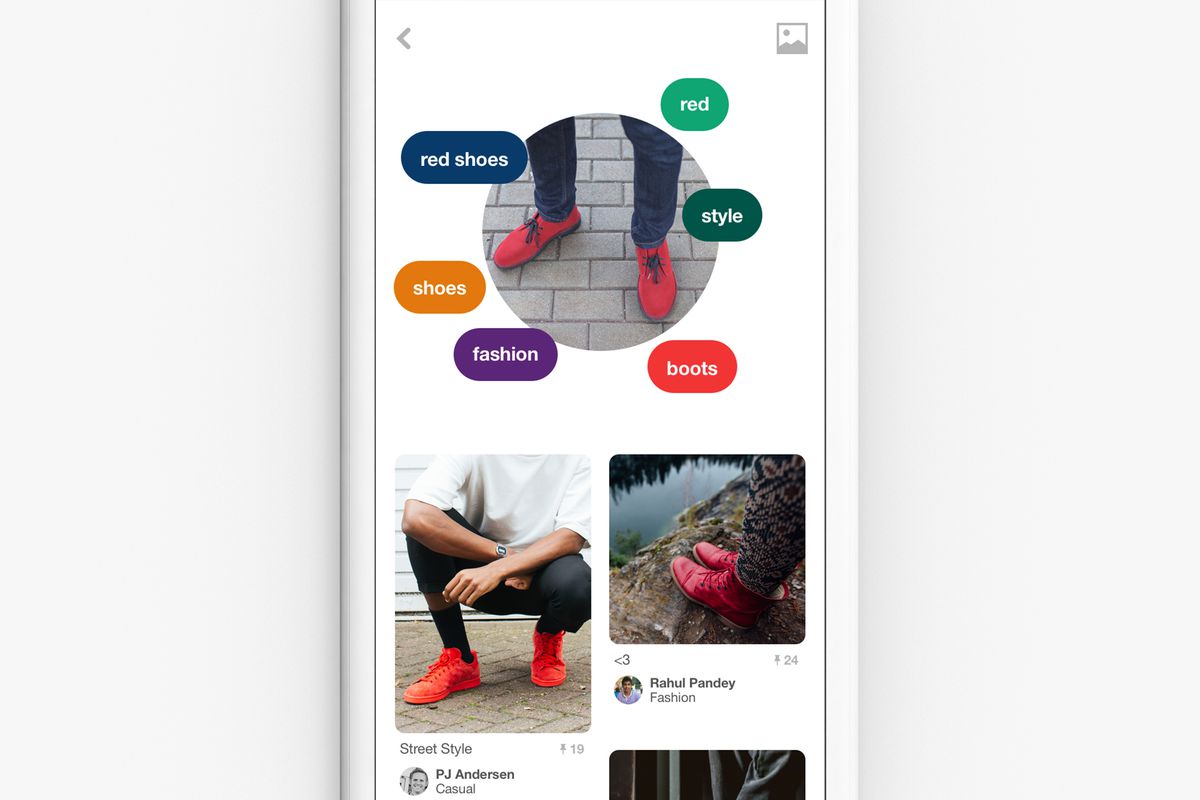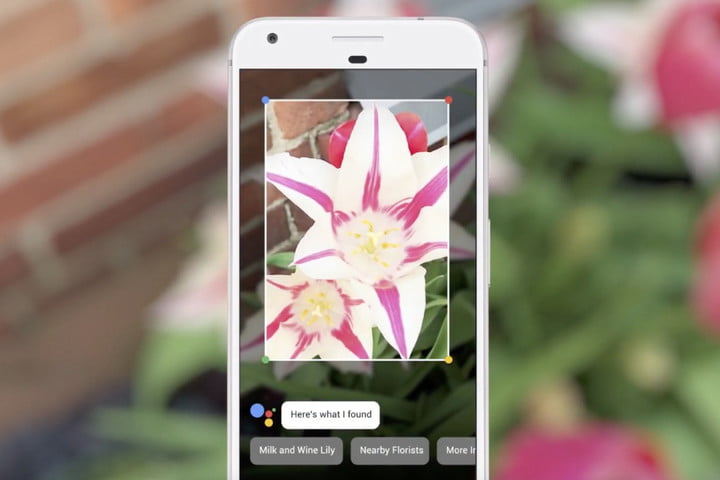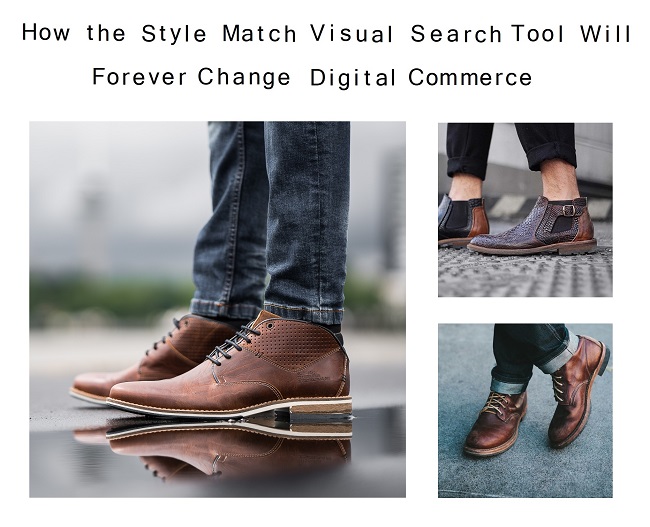What do mobile technology, artificial intelligence and voice and visual search have in common? They’re all part of the latest batch of web design trends making headlines left and right. What else do they have in common? They’re spurring brands everywhere to redesign their site in preparation of the changing digital landscape.
The Importance of Redesigning Your Site
Owning a website requires the mindset of a digital agency. When the smartphone made its debut, digital agencies included ‘responsive web design firm’ in their bios to let their audience know they were ahead of the game and ready for the upcoming mobile revolution. Like these agencies, brands need to prepare for upcoming trends by redesigning their websites to support what their users want. Then, and only then, can they hope to compete with other brands who were just as fast, or even faster to accommodate the catalyst of our topic today: the mobile user.
The mobile user prizes speed and utility above all else, and expects brands to know this. The mobile user also knows that text-based search is quickly being replaced with its more intuitive and efficient cousins, voice and visual search. The mobile user is also the most common user-type you’ll encounter, which is why you have to redesign your website to accommodate his expectations.
Why You Should Redesign Your Site for Voice Search
The search and eCommerce industry have changed drastically in the past decade, and it’s all thanks to the smartphone. Case in point, digital assistants and the way they’re revolutionizing search. With a digital assistant like Siri or Bixby in tow, you no longer have to type to search — all you have to do is say it and it will be searched. For example, imagine you’re driving and get a craving for pizza. Unfortunately, you’re out of town and don’t know any of the local pizza places. Being a safe driver, you spurn distractions like looking down at your phone to type, so you opt for making use of your handy digital assistant. “Siri,” you say, “where’s the best pizza place near me?” Simple, concise and, quite honestly, fun.
That’s the search landscape today. As a consumer, you’re elated because you have multiple ways of finding what you want. As a brand, your elation is tampered because you have to take voice queries and their nuances into account when tailoring an SEO strategy. For this very reason, it’s very important to redesign your site and prepare for voice search. As for the how, it’s all about knowing how we search when we talk.

When people search with with keyboards, shorthand and finding what you want in as few words as possible takes precedence. One- to three-word keywords reign supreme and marketers have to narrow on the words their audiences are searching for the most. With voice search, shorthand takes the backseat and intent takes the wheel. For example, from pizza nyc, you arrive at where’s the best pizza place near me? As you can see, the latter includes long-tail keywords that take intent into consideration and answer questions like who, what, where, when, why and how.
Why You Should Redesign Your Site for Visual Search
Voice search may have risen in popularity first, but it’s not the only new search facet making waves. As Matthias Dantone, CEO and co-founder of Fashwell says, “[s]ome of the world’s biggest companies – Amazon, eBay, Pinterest – already offer visual search.” Using some visual search statistics to further his thought, he explains that “[i]t’s been predicted that 80% of all search queries are going to be either through images or speech.” In other words, consumers are moving away from keyword search to more intuitive search methods.
Like voice search, the emergence of visual search means that a website redesign is in order if you want to keep your users happy. Before we get to that, what’s so special about it — what are some visual search benefits? For starters, as the next phase of search, visual search technology presents a novel opportunity for brands to connect with consumers. It’s a way of searching for what you want that’s not constrained by language; avenues are opened as an image turns into a discovery tool. That is to say that a visual search tool creates smoother journeys by virtue of directly placing what you’re looking for in front of you.

Pinterest, for example, knows that sometimes you spot something out in the world that looks interesting, but when you try to search for it online later, words fail you. You have this rich, colorful picture in your mind, but you can’t translate it into the words you need to find it. To counter this, they’re introducing Lens, a visual search tool that uses the camera in the Pinterest app to discover ideas inspired by objects you see in the real world. So if you see a pair of shoes you like, you can snap a picture and find similar styles, or ideas of what you can wear with said pair of shoes.
In a similar vein, eBay has ‘Image Search’ and ‘Find It on eBay’, two AI and machine learning features that, respectively, allow shoppers to take a picture/upload an existing image of something they want (Image Search), or share the social URL of something they want, for example from Pinterest (Find It on eBay), and eBay will provide similar listings for both features.
For Google and Amazon visual search has also permeated their strategies. Amazon, for example, is providing visual search capabilities to Samsung’s Galaxy S8. Through Bixby, Samsung’s AI assistant, users can snap a picture or an item or barcode and then find it among Amazon’s expansive catalogue. Google, on the other hand, is providing more of a visual search engine example with Google Lens, a device it announced at Google I/O 2017. Google Lens allows users to interact more naturally with visual cues by first identifying objects and then showing relevant search results and information. So if you see a flower, it can identify the flower; if you see a restaurant sign, it can give you its reviews and other information you may want; if you see a concert sign, it can create an event for it and add it to your calendar.

Final Thoughts
As you can see, voice and visual search are quite prevalent. You, therefore, have to do something about it — you have to redesign your website for both of these. You have to think of all the ways they may find you, whether it’s through Siri or Bixby, and update your long-tail keywords for voice searchers, and alt tags visual searchers.





Tell us your thoughts in the comments